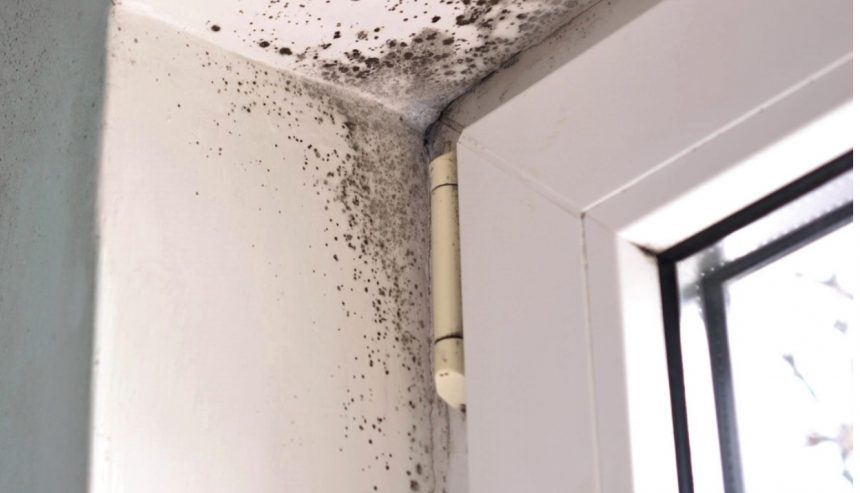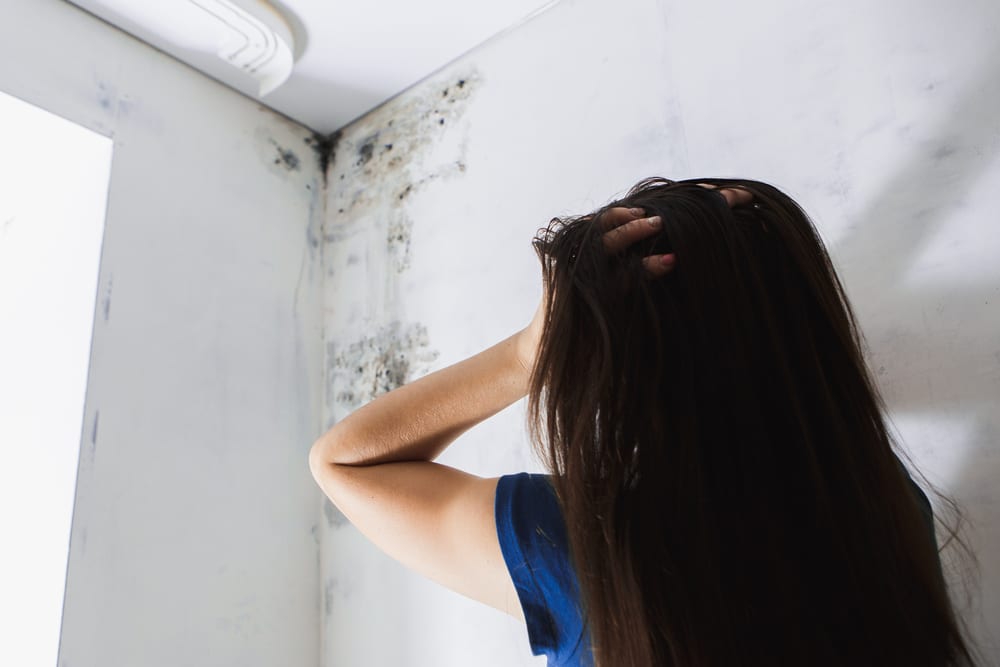Living in Jacksonville’s humid climate, water damage is a common issue.
This can lead to a more serious problem: mold growth.
Mold not only damages your property but also poses health risks. It can deteriorate the air quality, causing allergies and respiratory issues.
Preventing mold growth after water damage is crucial. It requires immediate action and a strategic approach.
In this article, we’ll share top tips to help you prevent mold growth in Jacksonville’s humid climate. Whether you’re a homeowner or a property manager, these tips will be beneficial.
Stay tuned to learn about maintaining Jacksonville air quality, water damage restoration services, mold inspection, and more.
Understanding Jacksonville’s Mold Challenges
Jacksonville’s humid climate creates a perfect environment for mold growth. The city’s high humidity levels, combined with frequent rain, can lead to water damage in homes and buildings.
This water damage, if not addressed promptly, can result in mold growth. Mold spores thrive in damp, warm environments, making Jacksonville’s climate a hotbed for mold issues. Understanding these challenges is the first step toward effective mold prevention in Jacksonville.
Immediate Actions to Prevent Mold After Water Damage

When water damage occurs, immediate action is crucial to prevent mold growth. The first step is to identify the source of the water damage. This could be a leaky pipe, a roof leak, or flooding from heavy rain.
Once the source is identified, it should be addressed promptly to stop further water intrusion. This might involve repairing the leak, or in the case of flooding, using a water mitigation technique to remove the excess water.
Next, it’s important to dry out the affected area as quickly as possible. Mold can start growing in as little as 24 to 48 hours after water exposure. Use fans, dehumidifiers, and heaters to speed up the drying process.
Here are some immediate actions to take after water damage:
- Identify and address the source of water damage
- Remove excess water using water mitigation techniques
- Dry out the affected area using fans, dehumidifiers, and heaters
- Dispose of water-damaged materials that cannot be fully dried and cleaned
- Consider calling a professional water damage restoration service if the damage is extensive
By taking these steps, you can significantly reduce the risk of mold growth after water damage.
Maintaining Proper Indoor Humidity Levels
In Jacksonville’s humid climate, maintaining proper indoor humidity levels is key to mold prevention. High humidity creates a favorable environment for mold growth. It’s recommended to keep indoor humidity levels between 30-50%.
You can monitor indoor humidity with a hygrometer, a device that measures the amount of moisture in the air. If humidity levels are consistently high, consider using a dehumidifier to reduce moisture.
Here are some tips for maintaining proper indoor humidity levels:
- Monitor indoor humidity with a hygrometer
- Use a dehumidifier if humidity levels are consistently above 50%
- Ensure proper ventilation in areas prone to moisture, like bathrooms and kitchens
By controlling humidity levels, you can create an environment that’s less conducive to mold growth.
Importance of Ventilation and Air Quality
Proper ventilation is crucial in maintaining good air quality and preventing mold growth. It helps to reduce moisture levels, especially in areas prone to dampness like bathrooms and kitchens.
Regularly inspect and clean HVAC systems to prevent mold spores from spreading. A clean HVAC system not only improves Jacksonville’s air quality but also reduces the risk of mold infestation.
Remember, a well-ventilated home with good air quality is less likely to have mold problems. It’s a key aspect of mold prevention in Jacksonville’s humid climate.
Regular Inspections and Maintenance
Routine inspections are a vital part of mold prevention. Especially after heavy rains or flooding, it’s important to check for signs of water damage.
Look for musty odors and visible mold. Also, consider using moisture meters to detect unseen water damage.
Here are some key areas to inspect regularly:
- HVAC systems
- Bathrooms, kitchens, and other areas prone to moisture
- Roof and gutters
- Basements and attics
- Walls and floors for signs of dampness
Early detection can save you from costly mold removal and water restoration services.
Choosing Mold-Resistant Materials and Practices
When repairing or remodeling your home, consider using mold-resistant materials. These include mold-resistant drywall and paints that are specially formulated to resist moisture.
In areas with a high likelihood of moisture, such as basements, avoid carpeting. Instead, opt for hard flooring that doesn’t retain moisture. Also, seal tile and grout lines to prevent moisture seepage.
Remember, the right materials and practices can significantly reduce the risk of mold growth. It’s a worthwhile investment that can save you from future mold-related issues.
Professional Mold Inspection and Remediation
If you suspect mold growth in your home, it’s wise to consider professional mold inspection services. Professionals have the tools and expertise to detect mold, even in hidden areas like behind walls and under floors.
Mold remediation is more than just removal. It involves addressing the root cause of the mold problem and preventing future growth. This is where professional services can be invaluable.
Remember, dealing with mold is not just about cleaning the visible mold, but it’s about ensuring a safe, healthy living environment. Don’t hesitate to seek professional help when necessary.
Legal and Health Considerations in Mold Prevention

Mold prevention is not just a matter of property maintenance. It’s also a legal requirement in many jurisdictions, including Jacksonville. Failure to address mold issues can lead to legal complications, especially for property managers and landlords.
On the health front, mold exposure can cause allergies and respiratory issues. Some molds produce mycotoxins, which can lead to serious health problems. It’s crucial to understand these risks and take appropriate action.
Creating a Mold Prevention Plan
Creating a mold prevention plan is a proactive step toward maintaining a healthy living environment. This plan should outline the steps to take in case of water damage and regular maintenance practices to prevent mold growth.
Here are some key elements to include in your mold prevention plan:
- Regular inspection schedules for potential water leaks and mold growth
- A list of local professional services for water damage restoration and mold prevention
- A maintenance checklist for areas prone to moisture buildup
- An emergency plan for dealing with water damage
A well-thought-out plan can save you time, money, and stress in the long run. It’s an investment in your property’s longevity and your health.
The Value of Proactivity in Mold Prevention
Preventing mold growth in Jacksonville’s humid climate is a continuous task. However, the benefits of proactive mold prevention far outweigh the costs and potential health risks associated with mold infestation.
By implementing the tips provided in this guide, you can maintain a healthy indoor environment, preserve the structural integrity of your property, and avoid costly mold remediation.
Remember, when it comes to mold prevention, early detection, and immediate action are key. Stay vigilant, keep learning, and don’t hesitate to seek professional help when needed. Your health and your property are worth it.For expert water damage restoration and mold removal services in Jacksonville, contact PuroClean of Jacksonville Southbank today!



